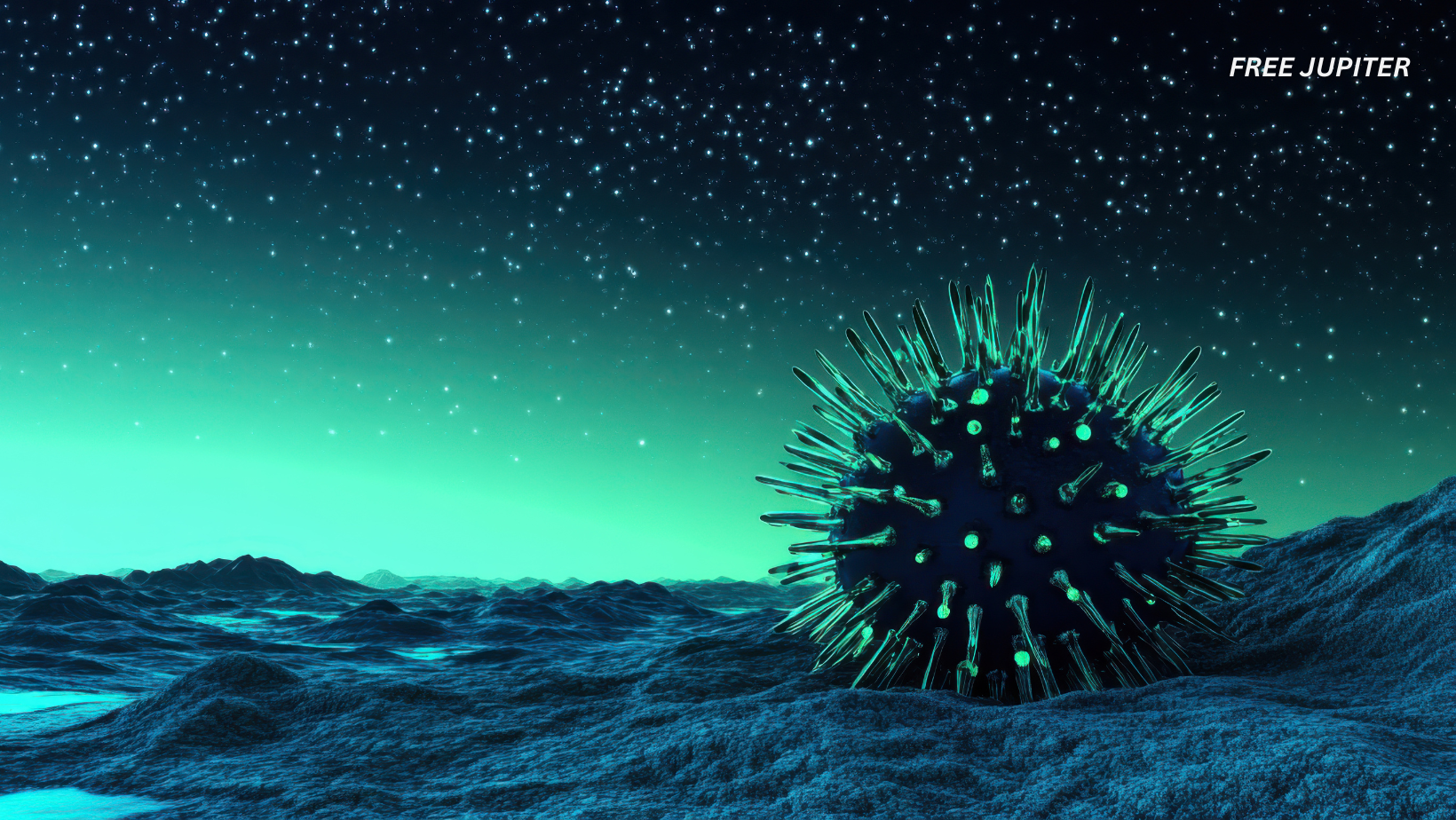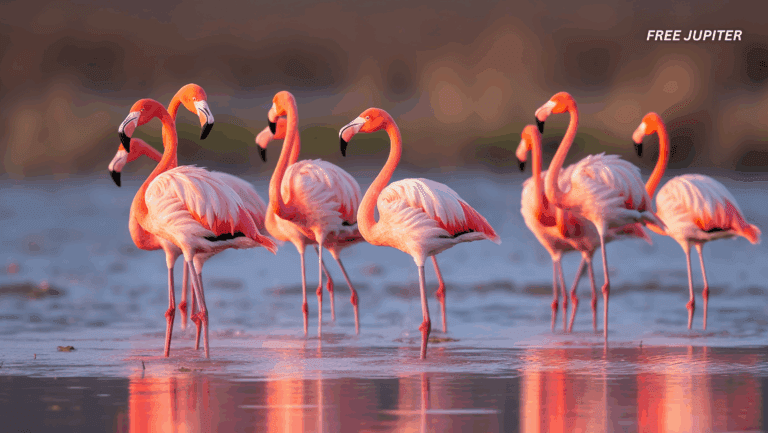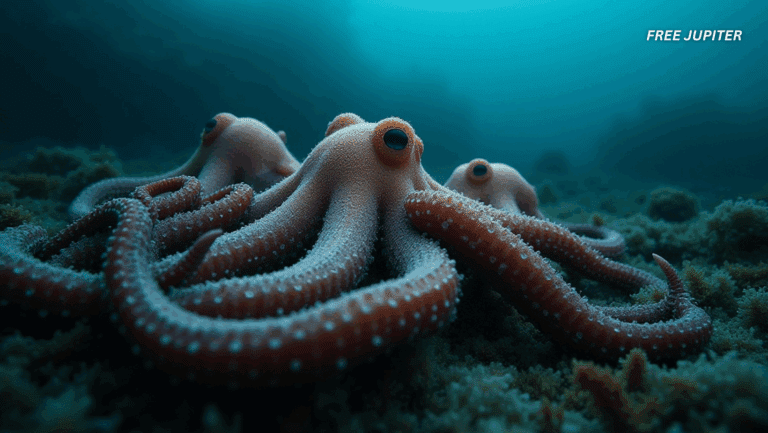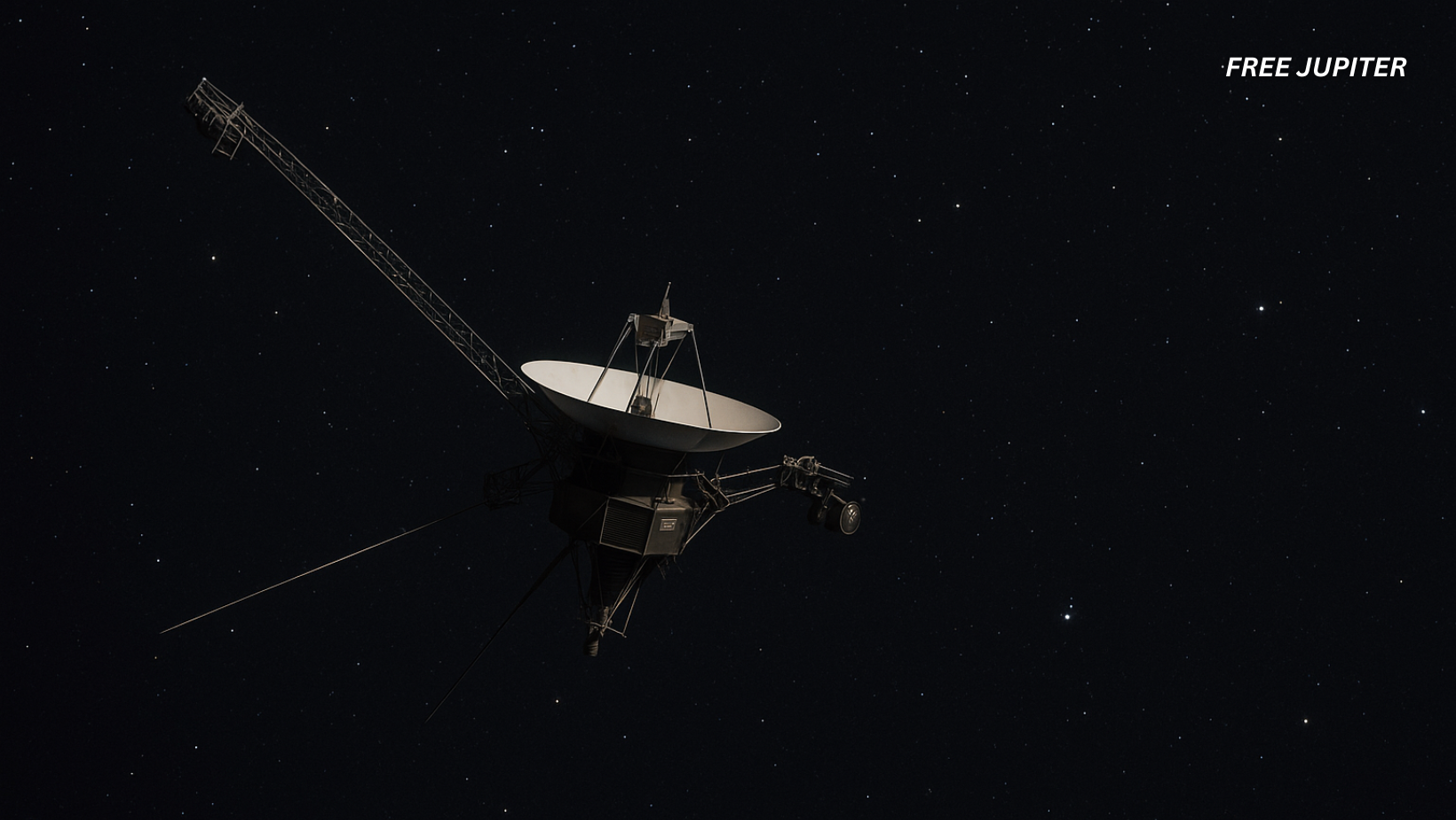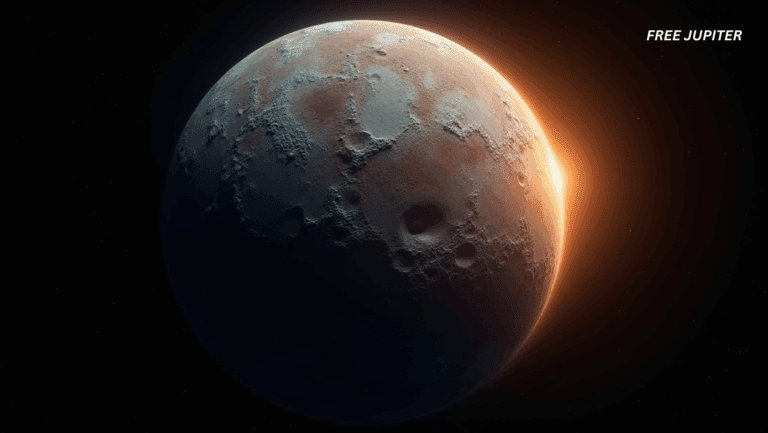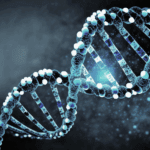A remarkable chapter in the story of space exploration has unfolded aboard China’s Tiangong Space Station. Scientists have uncovered a new bacterial species, Niallia tiangongensis, that not only survived but thrived in the station’s challenging environment. This discovery, the result of meticulous research and advanced genomic analysis, is poised to reshape our understanding of microbial adaptation, astronaut health, and the future of long-term space missions.
Discovery in Orbit: The Birth of Niallia tiangongensis
During the Shenzhou XV mission in May 2023, Chinese astronauts undertook a systematic sweep of the Tiangong Space Station’s interior. Using sterile wipes, they collected samples from various surfaces, including cockpit controls and air filters. These samples, carefully stored at low temperatures, were returned to Earth for detailed study.
Back in terrestrial laboratories, scientists from the Beijing Institute of Spacecraft System Engineering and the Shenzhou Space Biotechnology Group began their investigation. High-resolution imaging, whole-genome sequencing, and metabolic profiling soon revealed a microbial presence unlike any previously cataloged on Earth. The new strain, named Niallia tiangongensis, belongs to the genus Niallia within the family Cytobacillaceae, but stands apart from its closest known relative, Niallia circulans, due to significant genetic distinctions.
A Survivor in Space: What Makes Niallia tiangongensis Unique?
Niallia tiangongensis is a Gram-positive, aerobic, spore-forming, rod-shaped bacterium, with a genome size of approximately 5.17 million base pairs and a G+C content of 35.6 mol%. Its major cellular fatty acids are anteiso-C15:0 and iso-C15:0, and its primary quinone is menaquinone-7 (MK-7). These features alone set it apart, but its true claim to fame lies in its extraordinary resilience and adaptability.
Key Adaptations for Space Survival
- Gelatin Hydrolysis: This bacterium can break down gelatin, an ability that allows it to utilize gelatin as a nutrient source in environments where resources are scarce. This metabolic flexibility is crucial aboard a space station, where traditional nutrients may be limited.
- Biofilm Formation: Niallia tiangongensis can form robust biofilms, protective layers that shield colonies from environmental hazards, including radiation and desiccation. Biofilms also help bacteria adhere to surfaces and resist cleaning efforts, making them persistent residents in closed habitats.
- Oxidative Stress Resistance: The bacterium exhibits heightened resistance to oxidative stress, a condition caused by the accumulation of reactive oxygen species that can damage cellular components. This trait is vital in space, where cosmic radiation and microgravity can amplify oxidative challenges.
- Radiation Repair: Perhaps most strikingly, Niallia tiangongensis demonstrates a capacity for efficient DNA repair following radiation exposure. It is up to 200 times more resistant to radiation than its Earthly relatives, thanks to unique genetic sequences and protein structures that enhance repair mechanisms.
- Spore Formation: Like some of its terrestrial cousins, Niallia tiangongensis can form spores—dormant, highly resistant cells that can survive extreme conditions, including vacuum, low temperatures, and high radiation.
Read more: Expert Shares Natural Drug-Free Method To Mimic the Effects of Ozempic
Molecular Innovations
Genomic analysis identified two key proteins BshB1 and SplA with structural differences compared to those in related species. These proteins are believed to boost the bacterium’s ability to form biofilms, respond to oxidative stress, and repair radiation-induced DNA damage. Additionally, the genome contains sequences not found in similar Earth-based organisms, suggesting that adaptation to space has driven the evolution of novel functions.
The Research Program: CHAMP’s Role
The China Space Station Habitation Area Microbiome Program (CHAMP) is at the heart of this discovery. Its mission is to monitor and understand the behavior of microorganisms in the sealed, human-occupied environment of the space station. By tracking how microbial populations shift and adapt, CHAMP aims to safeguard astronaut health and ensure the smooth operation of spacecraft systems.
Microbes can influence everything from air and water quality to the integrity of station hardware. Some may even pose health risks if they become pathogenic or resistant to cleaning protocols. Thus, understanding their evolution and behavior in microgravity is critical for future missions.
Implications for Space Exploration and Earth
The discovery of Niallia tiangongensis is more than a scientific curiosity—it could have practical applications for both spaceflight and life on Earth.
Read more: Not Many People Know Why One Side Of The Moon Glows From Within
Spacecraft and Astronaut Health
- Microbial Control: Insights from this research could inform new strategies for controlling microbial populations aboard spacecraft, reducing the risk of contamination and equipment degradation.
- Long-term Missions: As missions to the Moon, Mars, and beyond become a reality, managing the microbiome of closed habitats will be essential for crew health and mission success.
- Biotechnological Applications: The bacterium’s resilience could inspire new approaches to bioremediation, recycling, and waste management in space, making life support systems more sustainable.
Potential Benefits for Earth
- Medicine: Understanding how Niallia tiangongensis repairs radiation damage and resists oxidative stress could lead to advances in medical treatments, particularly for conditions involving DNA damage or oxidative injury.
- Agriculture and Industry: The bacterium’s ability to break down complex proteins and survive harsh conditions may be harnessed for industrial processes or the development of stress-resistant crops.
Comparisons with Other Space Microbes
Niallia tiangongensis is not alone in its ability to adapt to the rigors of space. On the International Space Station, researchers recently identified strains of Enterobacter bugandensis that have evolved to become more resistant to antibiotics and environmental stressors, raising concerns for astronaut health. These findings highlight a broader trend: space environments act as evolutionary pressure cookers, driving microbes to develop new traits at a rapid pace.
Tiangong’s Broader Scientific Contributions
The Tiangong Space Station has become a hub for groundbreaking research. Beyond microbiology, it has enabled achievements such as the development of new rice varieties, the differentiation of human stem cells in orbit, and the operation of advanced physics experiments. As of late 2024, over 180 scientific projects have been conducted aboard Tiangong, with vast amounts of data and experimental samples returned to Earth for analysis.
The Big Picture: Life’s Adaptability and the Search for Extraterrestrial Existence
The discovery of Niallia tiangongensis underscores a fundamental truth: life is remarkably adaptable. Whether in the soil beneath our feet or the vacuum of space, organisms find ways to survive, evolve, and sometimes thrive in the most unexpected places. This resilience fuels optimism about the potential for life beyond Earth and inspires new avenues of scientific inquiry.
As we look to the future, the lessons learned from Tiangong’s microbial residents will inform the design of safer, more sustainable space habitats and may even help us tackle challenges back on Earth. In the quirky, ever-surprising world of space science, the tiniest passengers can have the biggest impact.

